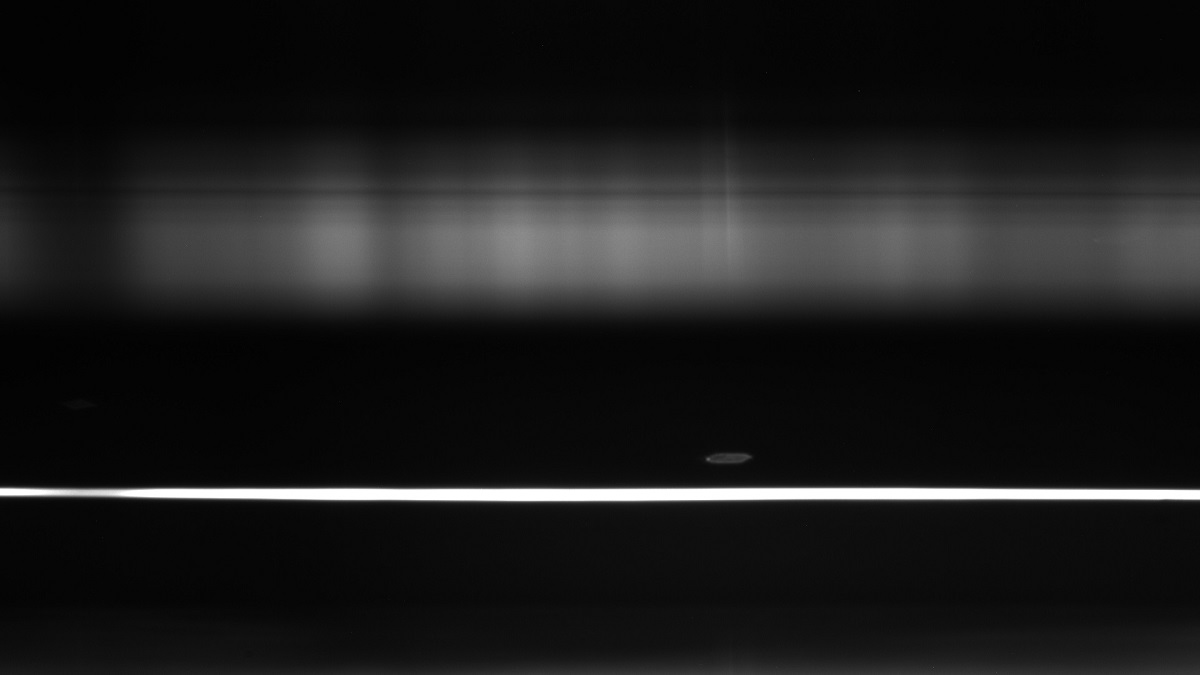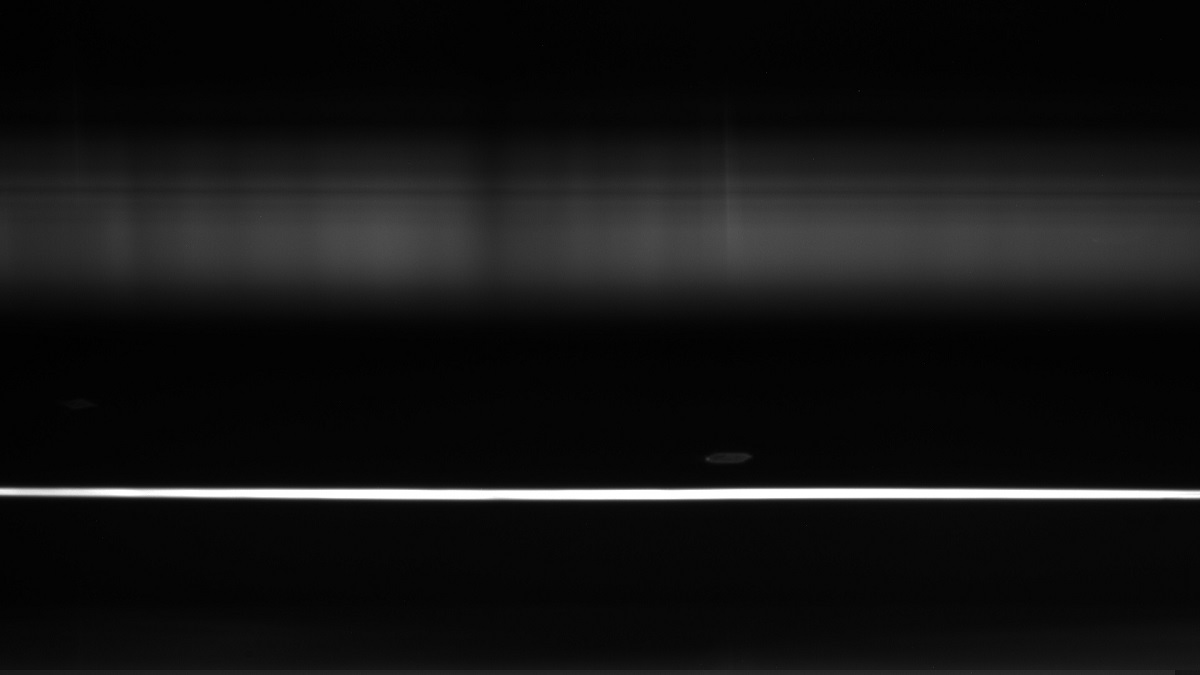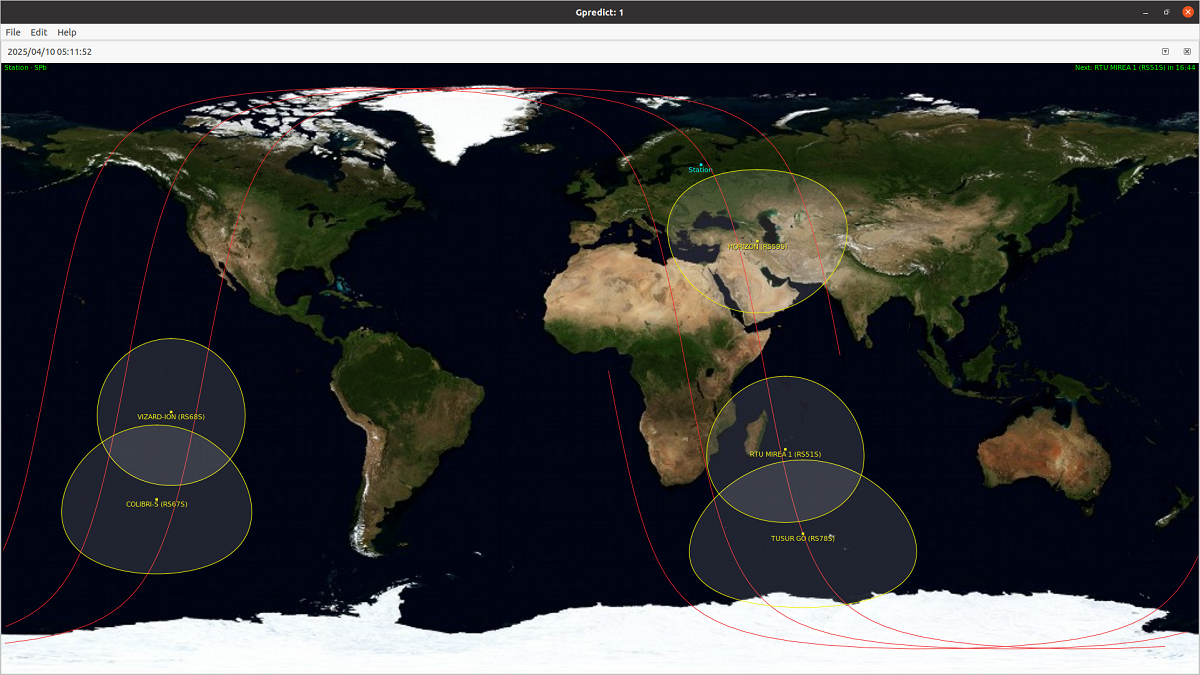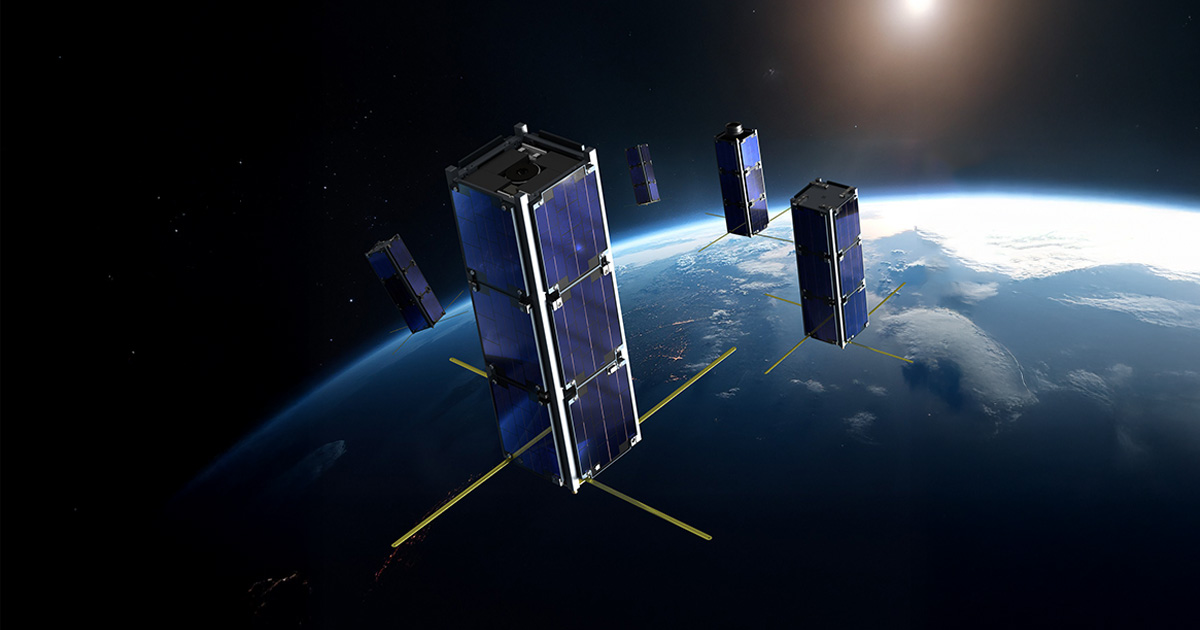On November 5, 2024, five small spacecraft were launched into orbit: TUSUR GO, RTU MIREA1, Vizard-ion, Colibri-S, and Horizon*. All these CubeSats were developed by Geoscan based on the Geoscan 3U platform. Currently, the satellites are undergoing testing of the reaction wheels and the active attitude control system.
The attitude control and stabilization system enables a satellite to be swiftly transitioned from uncontrolled rotation to a state of precise positioning. It can be stabilized in an inertial or orbital coordinate system and directed at a specific point on Earth or in space.
The simplest attitude control mode is stabilization in an inertial coordinate system. In this system, it is sufficient to determine the orientation using magnetic field and solar sensors. The axes of the inertial coordinate system are aligned with the stars, and its origin is located at the Earth’s center of mass.
Geoscan specialists tested this system on the Vizard-ion satellite: the spacecraft successfully stabilized in accordance with the flight mission. After activating the attitude control system, the satellite assumed a reference position (x = 180°, y = 0°, z = 0°) and maintained this orientation until the system was turned off.

The most commonly used attitude control mode is stabilization in the orbital coordinate system. It is especially important for pointing the camera at Earth. In this mode:
- The Z-axis is directed along the radius vector (from the Earth's center to the center of mass of the nanosatellite;
- The Y-axis is perpendicular to the orbital plane (along the vector product of the radius vector and the velocity of the SSC);
- The X-axis complements the system to form a right-handed vector triplet.
Orbital stabilization testing was carried out on the RTU MIREA1 satellite. In the first few minutes after activation, the CubeSat was freely rotating, but after engaging the stabilization mode, it oriented itself towards nadir (vertically downward) and maintained the set orientation. This is necessary to obtain data about the Earth’s surface directly under the satellite’s flight path.
Our specialists use the attitude control system to run various experiments and operate the payload. The operator of Geoscan’s satellites, Egor Meltsov, spoke about the SSC Colibri-S:
“On the Colibri-S satellite, we are actively working with a hyperspectral sensor. For proper operation of this payload, the CubeSat must be oriented so that the hyperspectral sensor is directed precisely at the subsatellite point to obtain the most accurate data. On other spacecraft, this system allows the antennas to be directed towards the ground station during communication sessions and maintain quality communication with the satellites”.


Photo source: Samara National Research University named after Academician S. P. Korolev. The images were obtained using a hyperspectral camera mounted on the Colibri-S SSC.
An active attitude control system is also necessary for performing other scientific and educational tasks of the SSC. The Vizard-ion needs proper orientation for testing the VERA plasma propulsion system and for a joint experiment with RTU MIREA1 on ionospheric probing. It is also used to operate X-band transmitters: the patch antennas on the ends of the satellites are directed toward the receiving antenna of the Geoscan ground station.
Currently, other attitude control modes are being finalized: pointing to a specified location on Earth and at another satellite, orientation of a specific solar panel toward the Sun, and stabilization along the velocity vector.

*To learn more about the development of SSC, see the Space section of the Geoscan Technologies 2025 conference materials. Video recordings and speaker presentations are available on the website.
